A giant rooster that sets a desert sea on fire every time it brushes its beautiful but deadly tail feathers. A toad-like octopus that sends mini-tidal waves roiling through a thick jungle forest as it flops around like a violent puppy. These and other majestic creatures I’ve killed dozens of times in Monster Hunter Wilds, and I would gladly do it again.
Monster Hunter’s greatest trick has always been making ecological slaughter feel so engaging, necessary, and urgent that players repeat the same tasks with slight variations for dozens of hours on end. Instead of being bored or exhausted, the endless, vicious cycle leaves us exhilarated and rejuvenated. Slicing rare horns, hides, and relics from fallen prey for the 100th time leaves us not with an existential crisis but with a fresh grin on our face.
That magic is as alive and cleverly engineered as ever in Monster Hunter Wilds. The blockbuster sequel, out February 28 on PlayStation 5, Xbox Series X/S, and PC, presents Capcom’s long-running action-RPG series at its most visually impressive and intricately designed yet, with striking vistas transformed on a dime by sudden storms and beasts of all shapes, sizes, and temperaments living in them. It takes players to the Forbidden Lands to research a previously unexplored region that’s home to new monsters, mysterious weather events, and the remnants of an ancient civilization.

Monster Hunter Wilds
BACK OF THE BOX QUOTE
“A poacher’s paradise!”
TYPE OF GAME
Fantasy action-RPG for people who shop at REI.
LIKED
Incredible animation, world detail, and combat variety.
DISLIKED
Lack of true “hunting” and meaningful surprises.
DEVELOPER
Capcom
PLATFORMS
PlayStation 5 (played), Xbox Series X/S, PC
RELEASE DATE
February 28, 2025
PLAYED
33 hours (20 to “roll credits” and over a dozen exploring afterwards)
It’s a massive undertaking full of sprawling maps to explore and some of the coolest boss fights in modern gaming. I’ve had a blast giving myself over to its mesmerizing reward loop, and it’s a game I will continue playing a ton of in the future. At the same time, the few dozen hours I’ve spent with Monster Hunter Wilds so far have left me slightly disappointed at just how familiar and unsurprising it all feels. Monster Hunter Wilds is a comprehensive visual and combat spectacle that still is still very much a Monster Hunter game, often for better but occasionally for worse.
It doesn’t feel like the Monster Hunter of the future so much as the super ultra deluxe version of the series as we know it today. Its bells and whistles are mostly quality-of-life improvements, and the splendor of its world is richly layered but more subtle than it’s been in the past. The formula of 1.) find monster, 2.) kill monster, 3.) turn it into cool stuff has been streamlined within an inch of its life, both to deliver the franchise’s core pleasures in rapid, breakneck succession, and also perhaps in a bid to make an infamously dense, arcane, and overwhelming series more hospitable than ever to newcomers.
The big back-of-the-box innovation this time around is a more seamless world. Monster Hunter Wilds is divided into a series of large open zones. These biomes, from icy caverns to volcanic pits, become characters in their own right as you spend hours combing through them for your quarry and crafting resources. Traveling between these areas involves astoundingly brief loading screens. More importantly, players can travel between their camps and the hunting zones themselves without any loading screen at all, engaging in quests one after the other without constantly being forced to hop back and forth.
You can even cook up meals—an important preparation technique for getting battle-enhancing status buffs—mid-mission now. It is both ridiculously absurd and absurdly satisfying to break out the grill 25 feet away from the dragon-like Rathalos, fry up some fish, and watch my hunter’s eyes briefly glaze over with foodie pleasure before she needs to rapidly dodge away from the incoming beast’s attacks.
The actual “hunting” part of the series is more nonexistent than ever. Playing through the campaign, I simply selected quests from a menu and then immediately bee-line toward my objective. Finding monsters while simply roaming around environments is equally a breeze. They’ll pop up on a 3D map bursting with icons on which all of their movements can be followed with drone-like surveillance precision. Selecting them gives the option to turn them into quests and then be guided to them automatically by new mounts called Seikrets. The frictionlessness of Monster Hunter Wilds can be liberating, but it also feels like a missed opportunity.
Man, do I love my Seikret though. The galloping bird, a cross between a raptor and an ostrich, feels better to ride than any horse I’ve ever encountered in an open-world game. It’s superbly animated and controls with just enough imprecision and lag to make it feel like you’re actually riding something while gracefully leaping over most impediments in the environment without ever losing speed or getting snagged. While this can make Monster Hunter Wilds’ world feel smaller and less intimidating, it’s a great way to show off its grandeur. Zipping up tree vines and down sand dunes turns drudgery into a theme park ride as I rapidly pick up resources scattered around the ground along the way.
To the degree that the Seikret is the star of Monster Hunter Wilds, it shines most during battle. It can serve as a springboard for hopping onto monsters’ backs or quickly pull you up off the ground right after you get clobbered. Its saddle bag contains not just supplies that let you restock important items, but also a second weapon you can take with you wherever you go. Tired of that slow bulldozer of a hammer? Switch to dual blades completely change up the rhythm of a fight in an instant. Or pair a long blade with a heavy bow gun to switch between short-range attacks and long-range damage. More options, less hassle is one of the mantras animating Monster Hunter Wilds.
I spent much most of my time with my tried-and-true greatsword, opting for an iconic Monster Hunter archetype that hits like a jet engine but moves much more slowly. The lack of speed is meant to balance out its high damage potential, yet it also reinforces the natural physics of a six-foot person trying to swing around an eight-foot broadsword. I can feel my hunter’s muscles burning under the weight of a missed double swing as she tries to pick the weapon back up off the dirt, each frame meticulously animated to look at home in the world and also convey to me, the player, that I need to aim better.
Details like this add up to make the moment-to-moment combat in Monster Hunter Wilds rewarding and entertaining long-past its sell-by date. It’s chunky yet fluid, like a delicious soup of high-stakes creature looting. Hitting the same spot on a monster over and over yields wounds that can be targeted with new cinematic focus attacks to deal extra damage and earn extra rewards. The game’s 14 weapons each have their own focus attacks, which were reason enough for me to experiment with ones I wouldn’t have otherwise tried like the Insect Glaive.
Hopping off the Seikret and onto a monster’s back turns encounters into Shadow of the Colossus for a moment, as you move up and down the creature’s spine to avoid being shaken off while stabbing it to create new wounds. Combine it all with shock traps, pitfalls, exploding barrels, and other players and you have a recipe for making my sixth knock-down, drag-out fight against the roaring lion bear hybrid Doshaguma something I wish I were doing right this second.
Story has never been Monster Hunter’s strong point and none of this is propelled along by compelling drama or intriguing mysteries. The characters this time around are charming and dutifully carry out their roles, but rarely rise beyond the level of glorified quest giver or exposition vehicle. A journey to reunite a strange child with his secret tribe who are being terrorized by an unknown “White Wraith” is aggressively predictable at every turn. That said, all of it is briskly paced and does an admirable job of table setting for the endgame in which players are meant to spend the majority of their time.
This post-game that opens up after the credits roll introduces the “higher ranks” at which players get to hunt stronger versions of the monsters they’ve already encountered, including new Tempered and Frenzied variants which contain even more unique materials necessary for crafting additional sets of armor and weapons. I’ve only scratched the surface of this loot chase, and all I can say is that I’m looking forward to excavating it as deeply and completely as my time allows. This high-end gear bestows bonuses and enables strategies for taking on the game’s toughest bosses and, more importantly, it looks really cool. Fashion is the low-key driver of the series’ grim in-game economy, and Monster Hunter Wilds has the drip.
Monster Hunter has always traded in eye-popping scale, and the latest sequel carries on that tradition. But it hasn’t done so at the expense of depth, or at least the feeling of depth. Some video-game world simulations feel paper thin with the machinery poking through at the seams. Monster Hunter Wilds’ feels naturalistic and multi-layered. I’ve spent most of my time with it so far tangling with its largest creatures, but the wildlife is much more extensive than that, and so subtly executed that it’s easily missed while you’re focused on chasing down giant sandworms and oily wyverns. Smaller herds of giant possums, flocks of birds, and families of river lizards abound, occasionally asserting themselves when you least expect it.
Monster Hunter Wilds is at its most beautiful and chaotic when all the elements and residents of its dynamic world accidentally collide; multiple monsters locked in a turf war as smaller creatures scurry around, some trying to escape, others following their pack leader into the action, all while hunters set exploding traps and raging storms pass through before eventually breaking into daylight. I wish all of this were integrated into the harder, better, stronger, faster logic at the heart of the game’s RPG progression in more sophisticated ways, but that liveliness does inject more life and zeal into a very familiar pattern, one that still works and now feels more robust than ever.
.
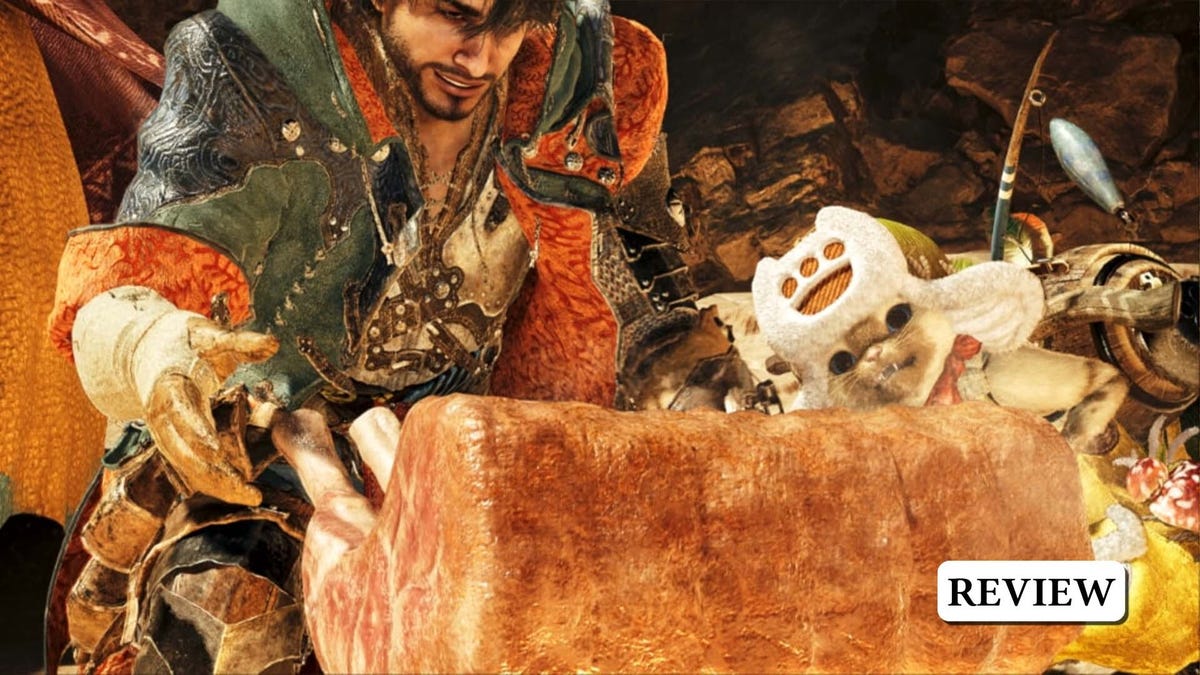
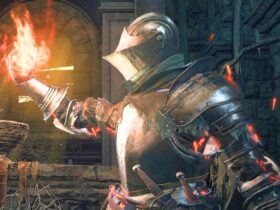

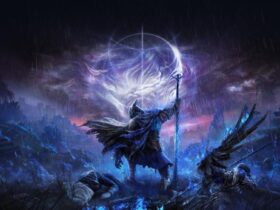
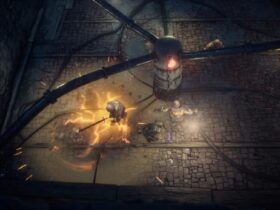
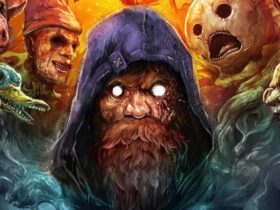
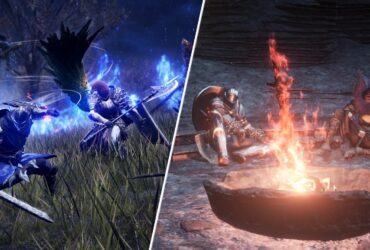
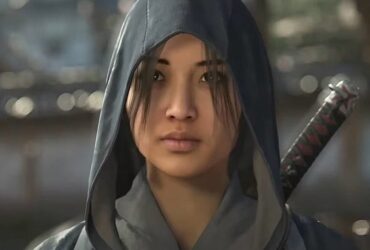
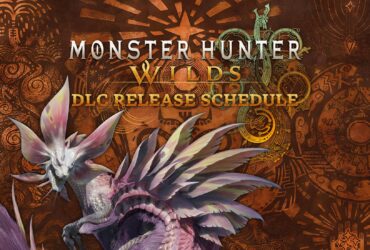
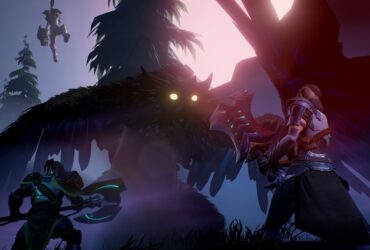
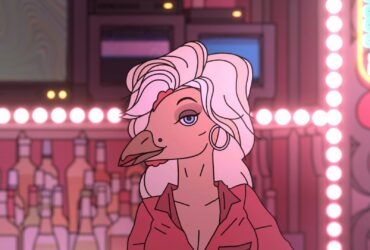

Leave a Reply